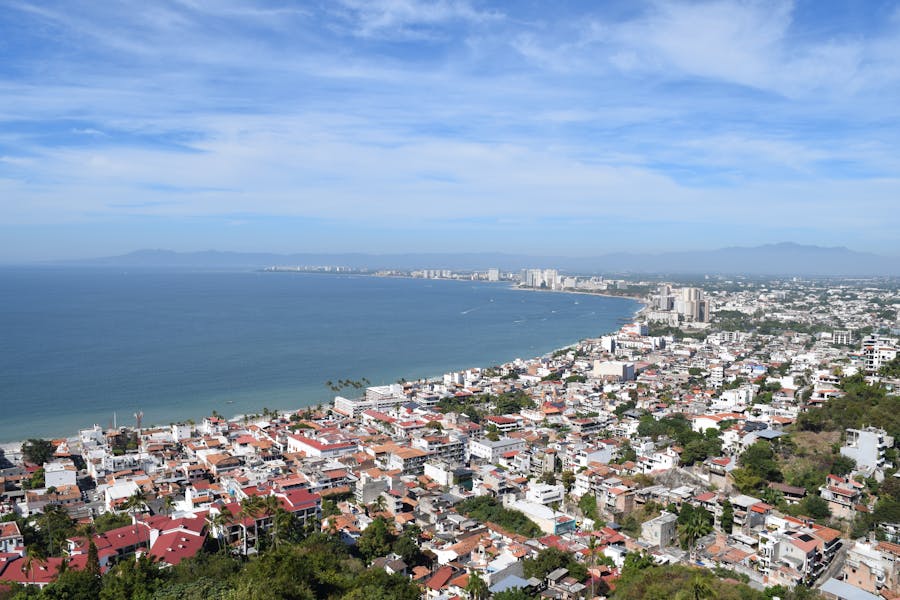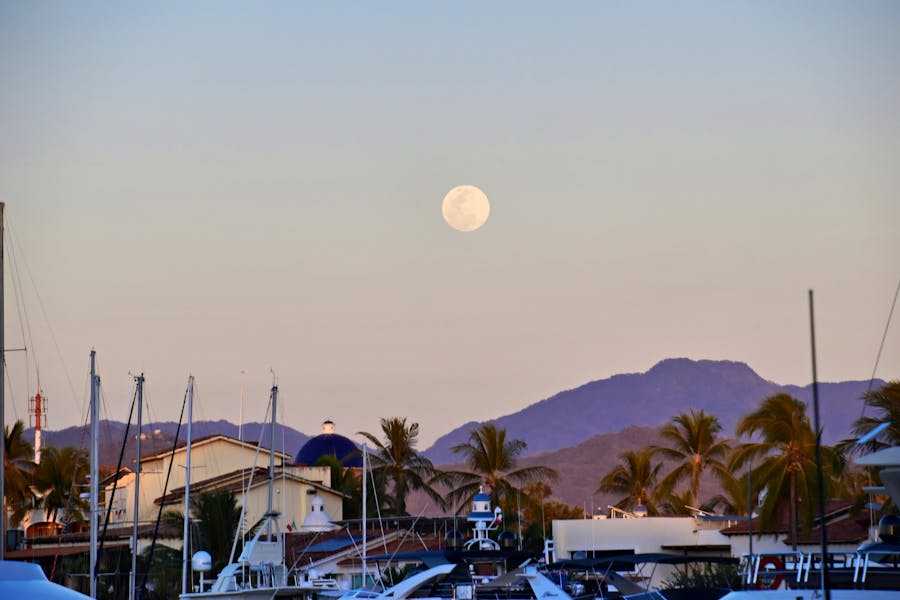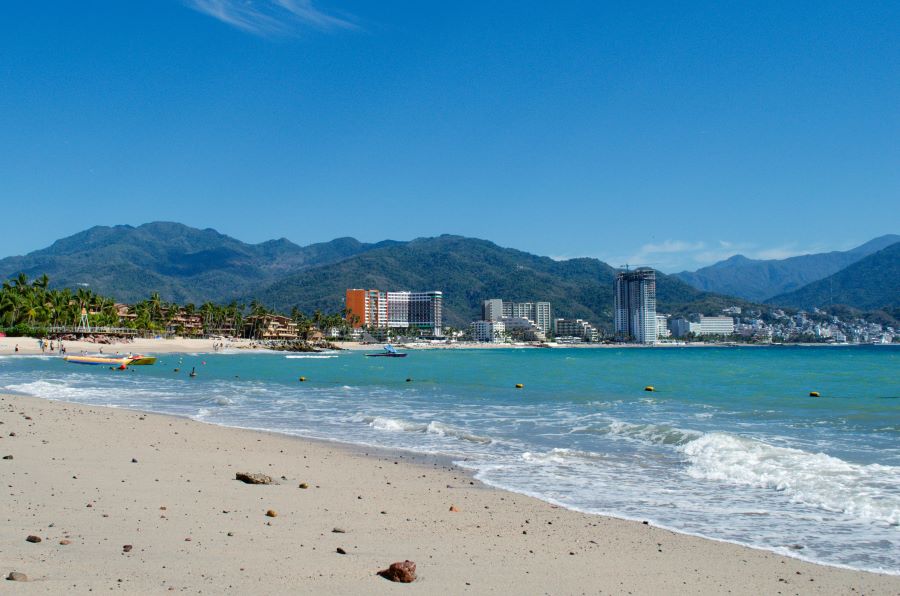In the Mexican real estate world, where I’ve spent most of my career, you hear this question so often that I don’t even remember it. But the reality is that, legally speaking, buying a home in Mexico doesn’t confer the right to reside there permanently, and if anything, this is what confuses foreign clients the most.
The short answer is that, as a tourist, you can stay up to 180 days a year in Mexico, whether you own property here or not. But there’s another story behind that simple statistic, one that’s infinitely richer and raises issues that foreigners should consider before taking the plunge.
If there’s one thing I’ve learned in my years in the business, it’s that there are many joys and disappointments among clients who don’t truly understand Mexican immigration law. That’s why I’ve decided to write this comprehensive guide on exactly what your options are and what the real requirements are if you want to plan your emigration to Mexico around the purchase of property here.
Tourist: Your Immigration Status
If you are a foreigner without residency in Mexico, then you can stay up to 180 days per entry into the country. This means you can count on enjoying your Mexican property for approximately half the year, which suits many of my clients looking for a vacation home or winter retreat.
However, there are some important points to keep in mind. The number of days you will be granted on your FMM depends on the immigration agent; it is not automatic. Even if you are a citizen of another country, you receive 180 days freely, while 48 hours may be all that those living in the same country you come from can get.
And sometimes, they are not even granted that many days. A tourist visa gives you 180 days at most, but there are cases in which the immigration agent will only allow 30 or 60 days, especially if they think, God willing, that you intended to stay here forever.
My recommendation to clients is to be completely upfront. If you own property in Mexico, bring documents to prove it—in other words, the property title itself and the ownership document showing that you own several luxurious blocks of land, or whatever you own… it doesn’t matter how it is.
It’s not possible to extend your stay without first leaving. After the tourist residency period expires, you cannot immediately re-enter Mexico until another 180 days have passed, according to Mexican law. Although the law doesn’t stipulate a minimum amount of time you must spend outside of Mexico, common practice suggests leaving completely and then re-entering, even if only briefly, before the next period arrives again.
The Difference Between Property and Residency: A Basic Theory
This is perhaps the biggest misunderstanding you’ll encounter among many of my clients: owning property in Mexico does not automatically equate to having residency rights. These are two completely different concepts under Mexican law.
With any immigration status in Mexico, even if you are a tourist, there is no impediment to purchasing land. Acquiring real estate is a right for both Mexican citizens and foreigners, although it has certain restrictions related to geography, which I’ve discussed in other articles.
Residency, on the other hand, is an immigration category that must be specifically applied for and depends on meeting an entry requirement, having invested money, or demonstrating direct family ties. It is completely separate from the process for purchasing real estate.
Chances are, most, if not all, of the people I’ve helped were looking for a Casa Emperador to live year-round in Mexico. If you buy a place to live there only as the average tourist does, then worldwide tourist visa status is more than sufficient. But if your goal isn’t just another player, but someone on the field for life, and to win, too, well, you have some work to do with resident visa options, like university students studying in countries other than their own.
My professional perspective is that it would be best to first clarify your goals. If you buy a vacation home abroad with the idea of using it for several months a year, then you don’t need to get bogged down with residency procedures. If you’ve made the decision to permanently relocate to Mexico as your base of operations from now on, then you only have one more step after making the purchase: applying for residency.
Temporary Residency Options Through Real Estate Investment
This is where things really get exciting for committed investors. Mexico offers temporary residency through investment in certain properties of minimum value, and this has been one of the most successful strategies I’ve seen for prepared clients with sizable budgets.
By 2025, a property will have to be valued at least $558,000 USD (eleven million and one hundred thousand pesos) to qualify for TRPI residency. This figure is adjusted annually according to the Mexican minimum wage, so it’s necessary to verify current amounts at the time of your application.
The benefit of this approach is enormous: temporary residency means you can live in Mexico for up to four years, renewable with no limit on the number of days per year, as tourists have. After that period, you can apply for permanent residency.
However, many people don’t realize that there are strict requirements. First, the property must be fully paid for, with no mortgages or liens against it. Second, the value shown in the public deed is not necessarily what you actually paid for a property. This is where a competent notary is crucial to understand these immigration implications.
In my experience, this option is more suitable for luxury properties or premium developments. Some of my clients have been able to meet these requirements and obtain temporary residency by purchasing condos in Riviera Nayarit or homes in Puerto Vallarta. They had no problems at all at the immigration office.
Permanent Residency: The Long-Term Goal
If your idea is to make Mexico your permanent home, then permanent residency is what you want. You can’t obtain it directly by purchasing a property, but after maintaining temporary residency for four years, it’s the next logical step.
The requirements for permanent residency in 2025 are much higher. You must demonstrate a monthly income of around $7,100 USD; or have assets large enough to generate $280,000 USD more per year than you need for living expenses. These amounts are considerably higher than those for temporary residency, but they reflect Mexico’s intention to grant residency only to people who can make it work financially.
One effective strategy I’ve seen employed is to combine real estate investments with long-term financial planning. A good number of my clients opt for temporary residency through real estate investments and then, once they are in business here (with the four years up), they organize their accounts to meet the requirements for permanent residency.
The advantages of permanent residency are significant. You can live in Mexico forever, engage in any form of legal work here, receive certain social benefits available to citizens, and eventually (if you wish), seek Mexican citizenship. It is, in fact, the most comprehensive way to establish a permanent home in this country.
As part of a comprehensive plan to live in Mexico, you could dive into mandatory real estate ownership. Permanent residency is something you should seriously consider as part of your long-term strategy, especially if you plan to spend your retirement years in this country.
Practical Ways: Visa Strategies That Actually Work
Throughout my career, I have developed and observed numerous feasible strategies that my clients have successfully used to make the most of their time in Mexico, even if they didn’t qualify for more expensive visas.
Many of my retired clients have adopted the “perpetual tourist” strategy. They spend the permitted six months in Mexico, then travel to the United States, Canada, or away from their winter base for 1-3 months, returning to Mexico for another six months. Several of my clients have maintained this pattern for years without problems.
An alternative is temporary residency through income, for which you must show approximately $2,500-$3,000 USD per month in pension or investment income by 2025. This amount is more feasible than a half-million dollar real estate investment and provides similar temporary residency benefits.
I have seen successful cases of others obtaining residency through family ties. For example, if only one spouse qualifies based on income or investment, the other can also obtain residency this way. For such couples, this family strategy can be very effective.
Another option worth considering is temporary residency through studies, which I have recommended to some younger clients. By enrolling in Spanish courses or Mexican academic programs, you can obtain a student visa and live legally in Mexico while you study.
For investors more involved in business, I have seen good results with investment visas or business visas with Mexican companies. If you plan to start a business here or invest in an existing one, this can open other immigration doors to complement your real estate investment.
Frequently Asked Questions
Can I buy a house in Mexico as a tourist?
Yes, certainly. The law regarding foreign property ownership in Mexico is not affected by someone’s status within the country. As a real estate agent in Mexico, I have had hundreds of successful transactions with tourist buyers. The only geographic limit is set by the regulations that apply to the federal maritime and border zones. In those areas, you’ll need to use a trust, but that doesn’t matter for your immigration status.
How many times can I leave Mexico and return to my property before applying for tourist status again?
There’s no official limit on entries, but each entry gives you up to six months. Common practice is to make short exits between trips. I’ve had clients maintain this pattern for years without difficulty, but I still recommend keeping track of your property holdings with customs to justify frequent visits.
Will my property in Mexico help me obtain an immigrant visa?
Indirectly, yes. Owning it doesn’t entitle you to a specific type of visa, but it does indicate economic ties to Mexico and can make your case much stronger. This is especially true if your property’s value is greater than $558,000 USD, in which case that alone can serve as a basis for obtaining a temporary resident visa through real estate investment.
What happens if I stay in Mexico for more than 180 days as a tourist?
Exceeding your legal stay becomes a minor immigration issue. You could then be fined, deported, and barred from re-entering the country. From my years of practice, I see that Mexican authorities are increasingly enforcing these rules. I recommend always leaving before your FMM expires and being very specific about planning your stays.
But I can’t work while in the country as a tourist with owner status. If this is what you think, you are mistaken.
To earn money within Mexico, you need a foreign source of permanent residence or a temporary visa. And if you include the latter, jobs in a foreign company are fine through teleworking, but not jobs in Mexico; they are prohibited by law.
Step one: another example of the Mexico dream, in my own words.
The personalized strategy for living on the beach in Mexico.
After years of helping foreigners navigate the complex world of Mexican property and visas, I firmly believe that buying a home in Mexico is just the first step on your journey toward the life you desire.
If you’re buying a vacation home, 180-day-a-year tourist status may be the right setup. Many of my clients have lived happily with such an arrangement for 20 years or more; each year they spend half their days in Mexico and the other half at home.
If you want residency or even citizenship there, you need a slightly more sophisticated plan that links real estate investment with long-term immigration. The 2025 figures are ambitious, but not impossible if you prepare properly.





